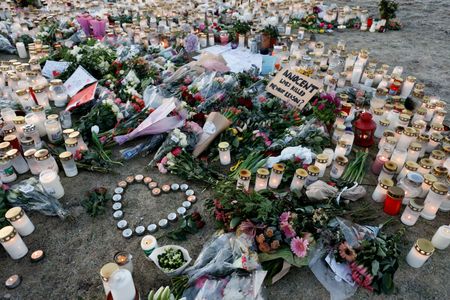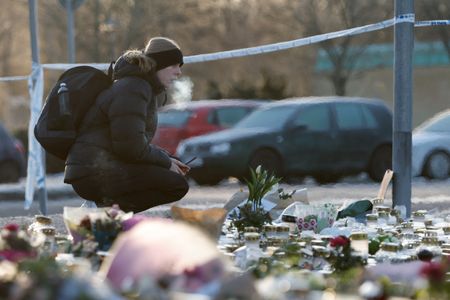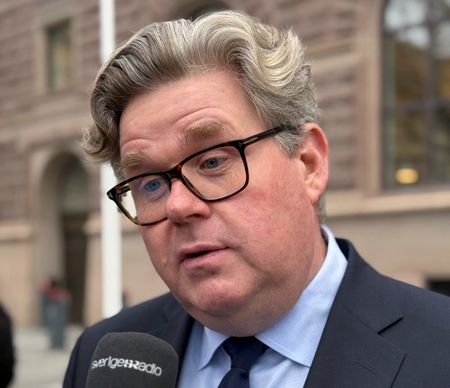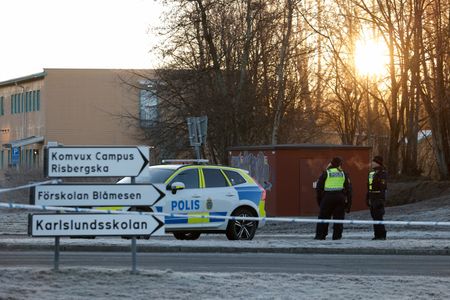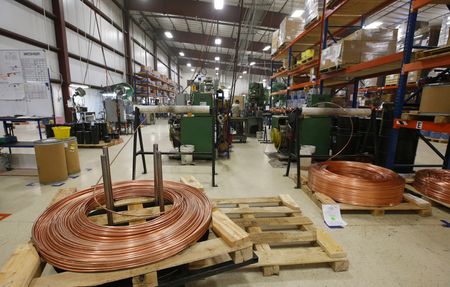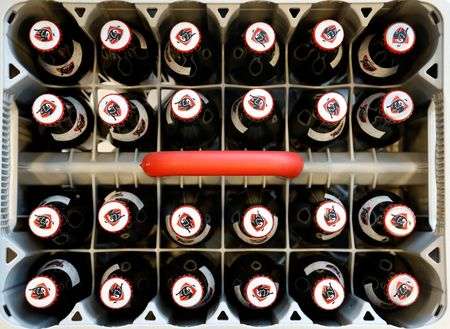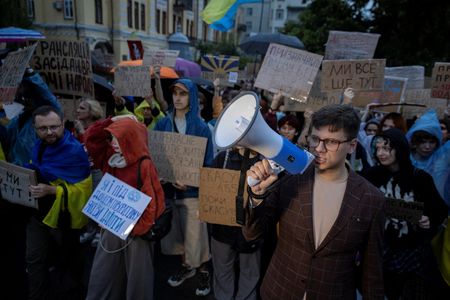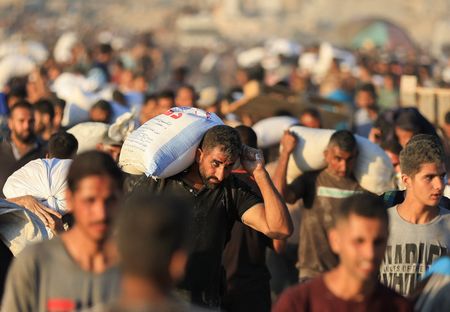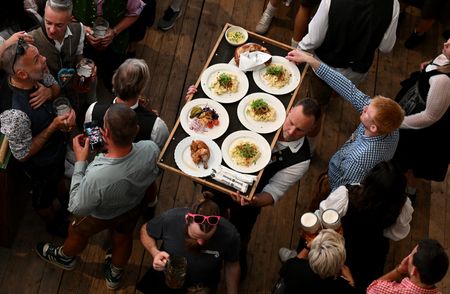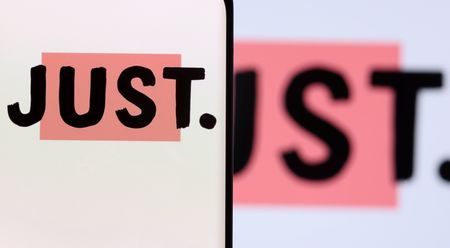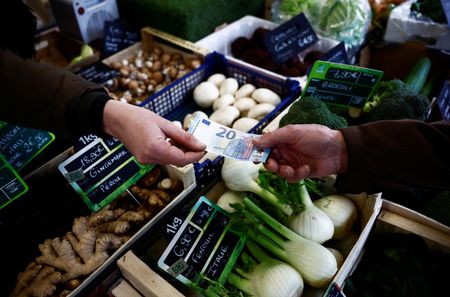By Johan Ahlander and Simon Johnson
OREBRO, Sweden (Reuters) – Sweden’s right-wing government said on Friday it would seek to tighten gun laws in the wake of the country’s deadliest mass shooting at an adult education centre where the attacker appeared to have used several of his own licensed rifles.
Ten people were shot dead at the Campus Risbergska school in Orebro on Tuesday, before the man believed to be the perpetrator – identified by a Reuters source and Swedish media as Rickard Andersson, a 35-year-old Swedish recluse – turned a weapon on himself.
Police confirmed on Friday that the suspected shooter was a 35-year-old man, and said they had completed the identification of all the victims, although they did not release any names.
Seven women and four men between 28 and 68 years of age died in Tuesday’s attack, including the suspect, police said in a statement.
Among the victims were several Christians who fled persecution in Syria. Police say they have found no evidence of an ideological motive so far.
Prime Minister Ulf Kristersson said the event had sparked fear and a sense of vulnerability among many people with immigrant backgrounds in Sweden, calling for everyone to “unite and stand behind all that we hold dear together”.
“My thoughts are with the relatives who have now received the call that is the worst one can get. To you, I want to say: you are not alone. We stand beside you,” he said in a social media post on Friday evening.
The government has agreed with its far-right backers in parliament to tighten up the vetting process for people applying for gun licences and to clamp down on some semi-automatic weapons.
It said the AR-15, an assault rifle based on a military design that has been used in many mass shootings in the United States, was the kind of gun it wanted banned.
“In light of the horrible shooting in Orebro earlier this week we believe that the right balance is to roll back the regulation and prohibit that kind of weapon,” Justice Minister Gunnar Strommer told Reuters.
He said it was not clear yet what kind of guns had been used in the attack in Orebro and banning AR-15 weapons would be a “preventative measure”.
“We know that kind of weapon, with some changes, can become very dangerous and also that it has been used in that kind of shooting in other countries,” he said.
AR-15 rifles have been permitted for hunting since 2023 and Strommer said around 3,500 have been licensed since then.
Sweden’s main opposition party, the Social Democrats, welcomed the move but called for more far-reaching vetting and controls. “There is a before and after February 4,” Social Democrat lawmaker Theresa Carvalho told a press conference.
Police have not specified what kind of weapons were used in the attack, saying only that three rifles licensed to the suspected killer were found near his dead body. Local media have reported he had a hunting license.
The attack has also raised questions about whether security at Sweden’s schools needs to be better. Unlike in many other countries, schools are generally seen as semi-public spaces and rarely have any controls on who can go in and out.
SECURITY CAMERAS
The government is looking at speeding up legislation already going through parliament that would make it easier for schools to install surveillance cameras, Justice Minister Gunnar Strommer told Swedish media on Thursday.
Sweden has a high level of gun ownership by European standards, though it is much lower than in the United States. Most weapons are held legally for hunting, but a wave of gang crime has highlighted the high incidence of illegal handguns.
Figures from 2017 by The Small Arms Survey, a Swiss-based research institute, showed there were about 2.3 million guns held by civilians in Sweden. That is around 23 guns per 100 people compared to 120 in the United States and 4.6 in Britain.
The attack has left Sweden in mourning and police are still trying to determine a motive. They are looking into information he was at some point a student at the school.
(Reporting by Johan Ahlander in Orebro, Simon Johnson and Anna Ringstrom in Stockholm, Stine Jacobsen in Copenhagen, Terje Solsvik and Gwladys Fouche in Oslo, Janis Laizans in Latvia, Essi Lehto and Anne Kauranen in Helsinki; writing by Niklas Pollard; editing by Philippa Fletcher, William Maclean and Sharon Singleton)

